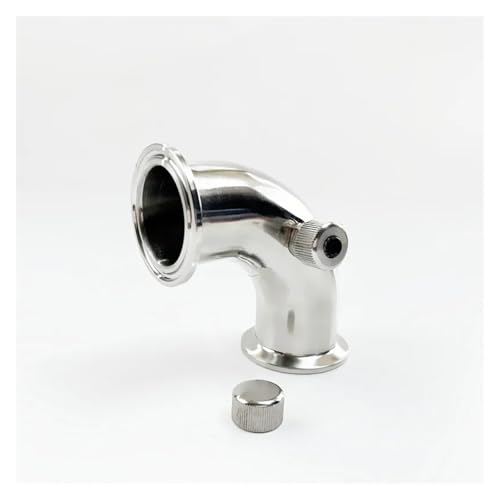davidckahn
New Member
As mentioned in another thread, I just brewed my first batch, which I bottled this morning--an amber ale using a recipe from Northern Brewing. I have a few questions where I could use some more experienced advice. When I drew out some beer to test the final gravity, I took a sip and it tasted pretty sour...not the point of being undrinkable, but more sour than I would like. I know that this is probably a result of my not having cleaned something properly during the brewing process, but I had cleaned everything as best I could and am wondering what are the most common ways I could have screwed that up.
A few other questions:
A few other questions:
- Now that my equipment has been cleaned and will be sitting around for a while, what is the best method of completely drying the inside of the transfer tubing, bottler, and bubbling airlock? Air drying seems like it probably won't work the best and might invite mold.
- I somehow wound up only being able to fill 44 bottles instead of 48. I was perhaps too cautious when transferring to the bottling bucket, because I didn't want to get any of the trub. Should I have tilted the fermenter forward a bit to get more of the beer out of the spigot, or am I risking getting the trub by doing so?
- Should I remove the spigots from my fermenter and bottling buckets while they are not being used?








































